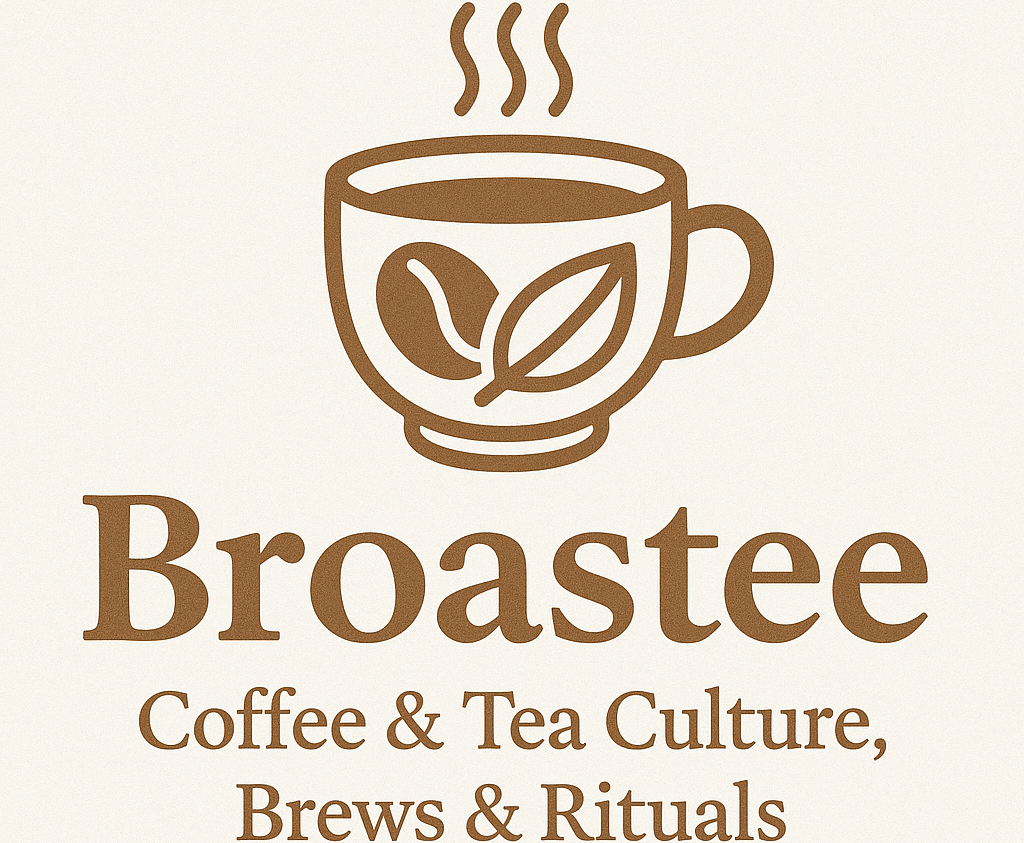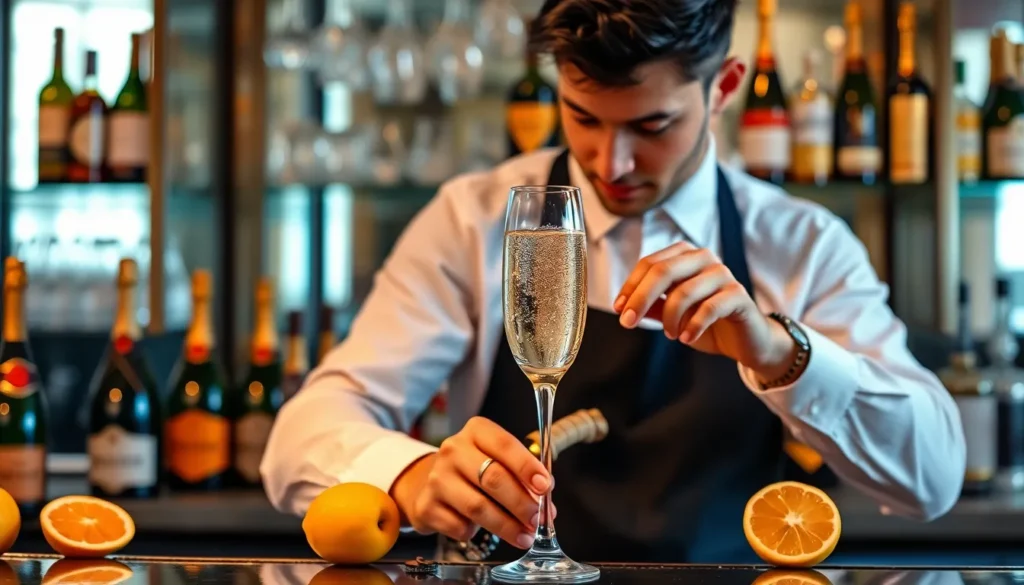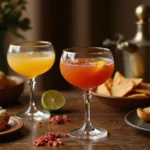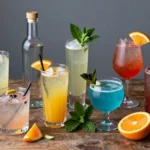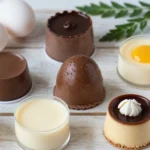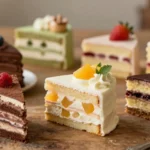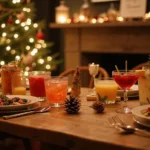Nothing says celebration quite like the effervescent magic of a sparkling champagne cocktail. We’ve perfected this timeless drink that transforms ordinary moments into extraordinary memories with just a few elegant ingredients and the perfect balance of bubbles and flavor.
This classic cocktail traces its roots back to the 1850s and remains one of the most sophisticated drinks you can serve at any gathering. The beauty lies in its simplicity – quality champagne enhanced with a sugar cube, aromatic bitters, and a twist of citrus that creates layers of complexity in every sip.
Whether you’re toasting a special milestone, hosting an intimate dinner party, or simply wanting to elevate your evening routine, we’ll show you exactly how to create this bubbly masterpiece. Our foolproof technique ensures you’ll achieve that perfect harmony of sweetness, effervescence, and elegance that makes this cocktail truly unforgettable.
Ingredients
Creating our perfect sparkling champagne cocktail requires just a handful of premium ingredients that work in harmony to deliver an exceptional drinking experience. Each component plays a crucial role in achieving the ideal balance of sweetness bubbles and aromatic complexity.
For the Base Cocktail
- 1 sugar cube (or 1 teaspoon granulated sugar)
- 2-3 dashes Angostura bitters
- 4-6 ounces champagne or sparkling wine chilled
- 1 tablespoon brandy (optional for enhanced depth)
For the Garnish
- 1 lemon twist (about 2 inches long)
- 1 orange twist (alternative citrus option)
- 1 fresh cherry (maraschino or fresh)
- Ice cubes for chilling glass
Optional Variations
- Grand Marnier (1/2 teaspoon for orange flavor)
- Chambord raspberry liqueur (1/2 teaspoon for berry notes)
- Fresh strawberry slices for seasonal appeal
- Elderflower liqueur (1/4 teaspoon for floral complexity)
- Cognac instead of brandy for premium upgrade
Equipment Needed
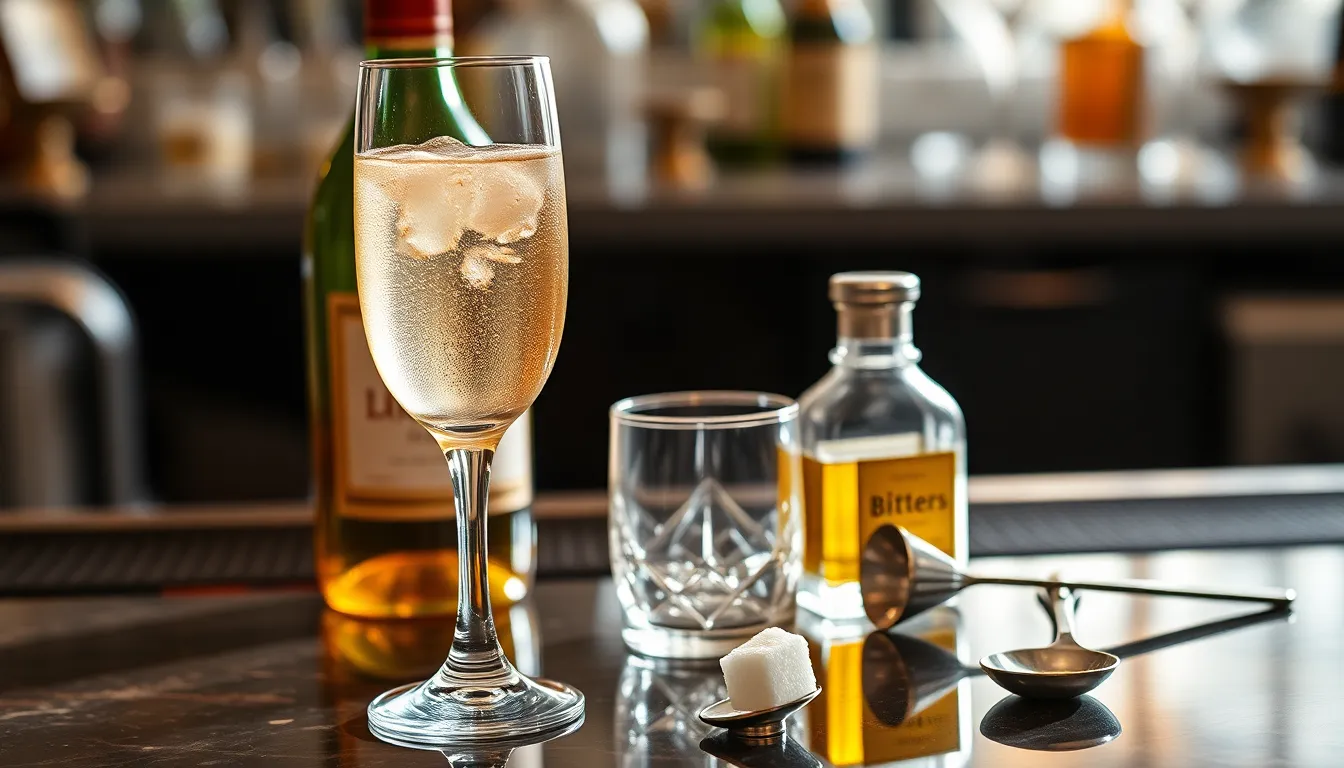
Creating the perfect sparkling champagne cocktail requires exact tools that ensure professional results every time. We recommend gathering these essential items before beginning your cocktail preparation to achieve the smoothest mixing process.
Champagne flute or large glass serves as the foundation for your cocktail presentation. The tall narrow shape of a champagne flute preserves the bubbles and concentrates the aromatic elements while a large glass provides more room for garnish display.
Sugar cube spoon or muddler becomes crucial for properly incorporating the sugar cube with bitters. This tool allows you to gently press the cube without crushing it completely which maintains the desired texture and sweetness distribution.
Bitters bottle with a controlled pour spout ensures accurate measurement of your Angostura bitters. The precise dasher top prevents over pouring and maintains the delicate balance between bitter complexity and champagne brightness.
Measuring jigger provides exact measurements for cognac or brandy additions. Professional bartenders rely on this tool to maintain consistency across multiple cocktails and ensure the 10ml cognac measurement matches the IBA standard recipe.
Spoon for stirring completes your toolkit by allowing gentle incorporation of ingredients without disturbing the champagne’s effervescence. A bar spoon with a twisted handle works best for this delicate mixing process.
Having these tools readily available transforms your cocktail making experience from amateur to professional. Each piece of equipment serves a exact purpose in creating the balanced flavor profile that defines an exceptional sparkling champagne cocktail.
Instructions
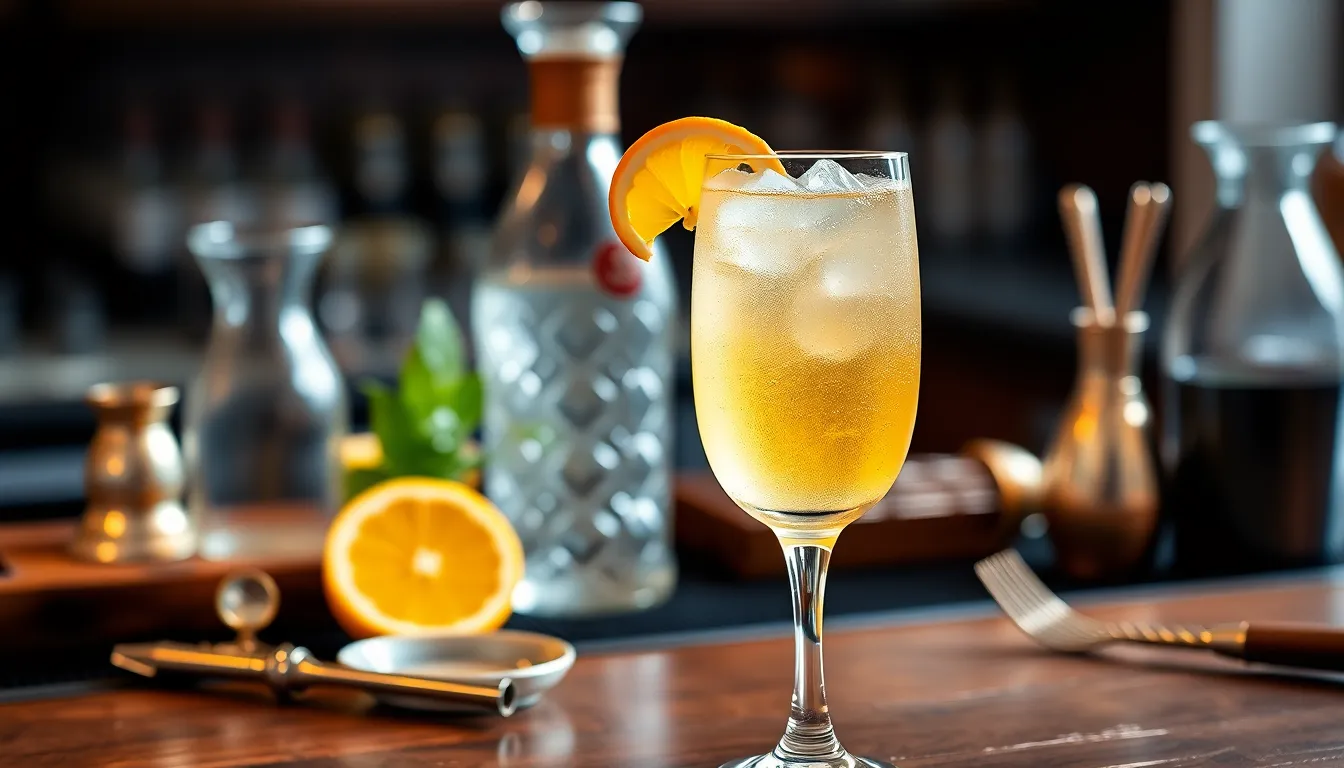
Follow these precise steps to create our signature sparkling champagne cocktail. We’ll guide you through each stage to ensure perfect results every time.
Prep the Glass
First we chill our champagne flute or coupe glass in the freezer for 5-10 minutes. This step ensures our cocktail stays perfectly cold and maintains its effervescence longer. Place the sugar cube directly in the bottom of the chilled glass and add 2-3 dashes of Angostura bitters over the cube. The bitters will begin to saturate the sugar creating the foundation for our cocktail’s complex flavor profile.
Mix the Cocktail
Using our muddler or the back of a spoon we gently press the saturated sugar cube to help it dissolve partially. Add one ounce of cognac or brandy if desired for additional depth and complexity. Stir the mixture gently with a bar spoon to combine the ingredients without creating excessive foam. The sugar should be mostly dissolved but some texture remaining adds character to our final drink.
Add the Champagne
Pour the chilled champagne slowly down the side of the glass to preserve maximum carbonation. Fill the glass about three quarters full allowing room for our garnish and preventing overflow. The champagne will naturally mix with our base ingredients as the bubbles rise creating a beautiful layered effect initially.
Garnish and Serve
Express the oils from our citrus twist by gently squeezing it over the cocktail’s surface. Drop the twist into the glass or hang it on the rim for an elegant presentation. Serve immediately while the champagne is at peak effervescence. Our sparkling champagne cocktail is now ready to elevate any celebration with its perfect balance of sweetness and sophistication.
Variations and Flavor Combinations
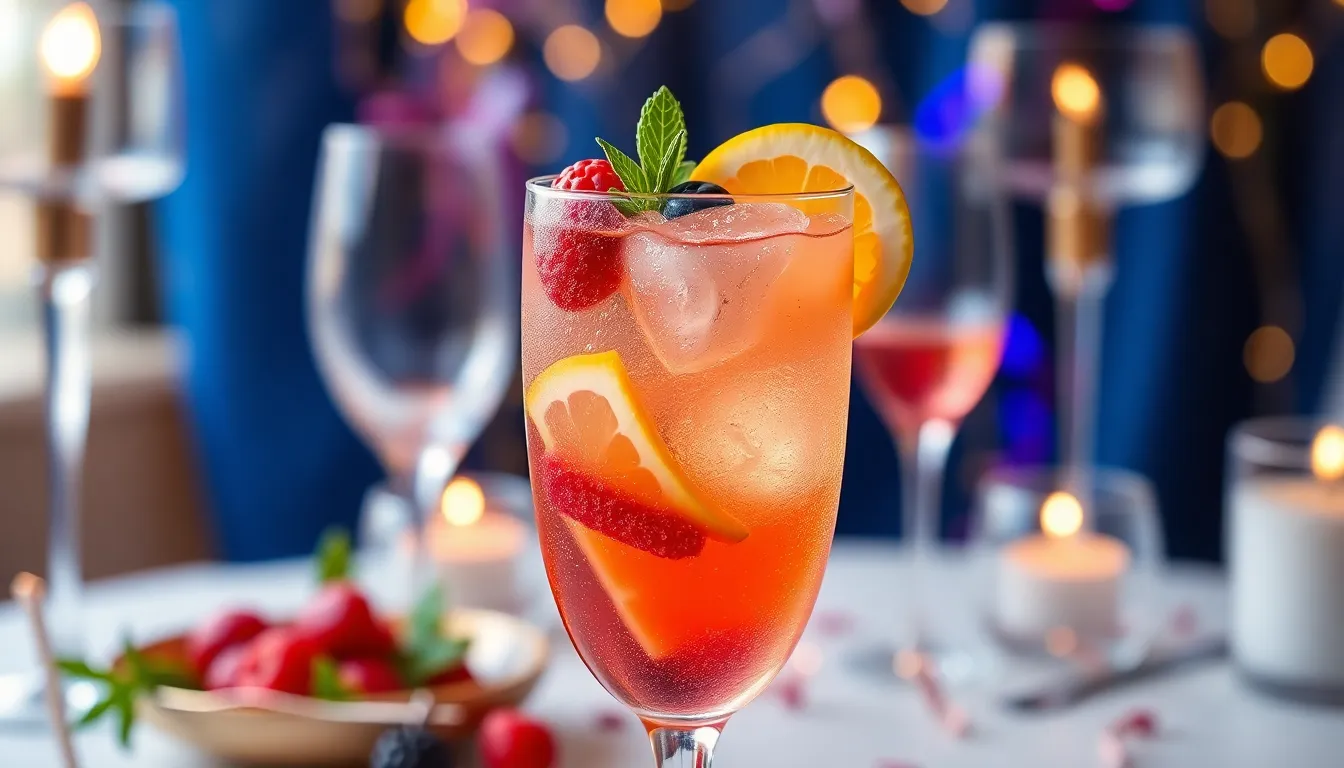
Once you master the basic technique we’ve outlined, exploring different flavor profiles opens up endless possibilities for customizing your sparkling champagne cocktail. These variations allow us to cater to different taste preferences while maintaining the sophisticated elegance that makes this cocktail so special.
Classic Champagne Cocktail
We start with the traditional foundation that has remained unchanged since the 1850s. This timeless version combines champagne with a sugar cube, aromatic bitters, and a delicate twist of citrus peel. The beauty lies in its simplicity, where each component serves a exact purpose in creating the perfect balance.
Many bartenders enhance the classic recipe by adding a splash of premium liqueur or experimenting with different champagne styles. We recommend using different types of sparkling wine to discover how each variety affects the overall flavor profile. Brut champagne provides crisp dryness while demi-sec offers subtle sweetness that complements the sugar cube beautifully.
Berry Champagne Cocktail
Berry variations transform our sparkling cocktail into a vibrant and fruity celebration drink. We often incorporate raspberry puree, blackberry juice, or blueberry syrup to create stunning color contrasts and natural sweetness. The Kir Royale stands as the most celebrated berry variation, combining champagne with crème de cassis for a sophisticated black currant flavor.
Fresh berries work exceptionally well as both flavoring agents and garnishes. We muddle strawberries directly in the glass before adding champagne, creating a beautiful pink hue and intense berry aroma. Frozen berries serve as elegant ice cubes that slowly release their flavors while keeping the cocktail perfectly chilled.
Citrus Champagne Cocktail
Citrus variations bring bright acidity and refreshing qualities to our sparkling cocktails. The legendary French 75 exemplifies this category perfectly by mixing gin, fresh lemon juice, sugar, and champagne into a refreshingly tangy masterpiece. We achieve the best results using freshly squeezed citrus juices rather than bottled alternatives.
Orange juice creates the beloved mimosa family of cocktails, while lime juice adds tropical flair to our sparkling creations. We recommend balancing the citrus acidity with simple syrup or honey to prevent overpowering the champagne’s delicate bubbles. Citrus zests provide aromatic oils that enhance both flavor and presentation.
Herb Infused Champagne Cocktail
Herb infusions add sophisticated complexity and aromatic depth to our sparkling cocktails. We incorporate fresh herbs like basil, mint, or rosemary through various techniques including herb-infused simple syrups or direct muddling in the glass. Fresh herbs work best when gently bruised to release their essential oils without creating bitter flavors.
Basil pairs beautifully with berry flavors, creating garden-fresh cocktails perfect for summer entertaining. Mint transforms champagne into a refreshing mojito-style drink, while rosemary adds earthy sophistication ideal for fall gatherings. We suggest infusing herbs in simple syrup ahead of time for consistent flavor distribution throughout the cocktail.
Tips for the Perfect Sparkling Champagne Cocktail
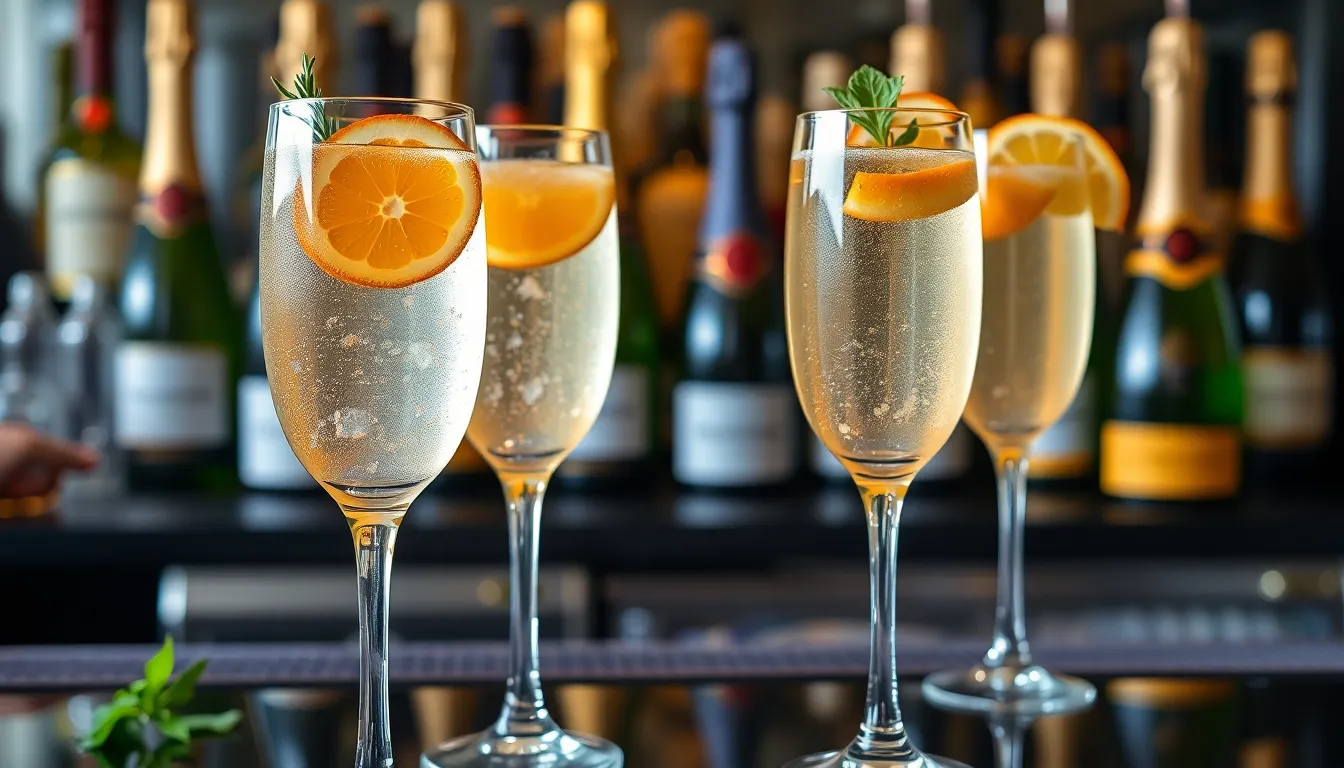
Mastering the art of sparkling champagne cocktails requires attention to detail and quality ingredients. We’ll share our expert tips to ensure your cocktails sparkle with perfection every time.
Choosing the Right Champagne
Selecting the proper champagne forms the foundation of exceptional cocktails. We recommend opting for high-quality dry champagne such as Brut or Extra Brut for most cocktails to avoid excessive sweetness that can overwhelm other flavors.
Well-known brands like Moët & Chandon or Veuve Clicquot offer consistency and superior flavor profiles that elevate your cocktail experience. These premium options provide the perfect balance of effervescence and taste that defines outstanding sparkling cocktails.
Different champagne styles bring unique characteristics to your drinks. Brut champagne works beautifully in classic recipes while Extra Brut adds crisp dryness that complements fruit-forward variations.
Temperature and Serving Tips
Proper temperature control maximizes your champagne’s flavor and effervescence. We always chill our champagne to around 40°F to 45°F for optimal taste and bubble retention.
| Temperature Range | Serving Purpose |
|---|---|
| 40°F – 45°F | Optimal flavor and effervescence |
| Below 40°F | Too cold, muted flavors |
| Above 45°F | Flat bubbles, warm taste |
Champagne flutes preserve bubbles effectively and enhance the drink’s aroma. These tall glasses concentrate the champagne’s bouquet while maintaining carbonation longer than wider glasses.
Pour champagne slowly and steadily to prevent overflow and maintain the drink’s signature effervescence. Tilting the glass slightly during pouring helps preserve precious bubbles that give sparkling cocktails their magic.
Garnish Ideas
Creative garnishes add visual appeal and aromatic complexity to your sparkling cocktails. We match garnishes to complement each cocktail’s flavor profile for the most harmonious results.
Orange slices provide the classic finishing touch for Aperol Spritz cocktails while adding citrus oils that enhance the drink’s Mediterranean character. Lemon twists work beautifully with French 75 cocktails by complementing the gin’s botanical notes.
Traditional champagne cocktails shine with orange peel garnishes that release fragrant oils when twisted over the drink. Frozen cranberries create festive appearances in Sparkling Cosmopolitan cocktails while adding subtle tartness as they thaw.
Fresh herb sprigs like rosemary or thyme add aromatic depth to herb-infused variations. Edible flowers such as violets or pansies create stunning presentations for special occasions.
Make-Ahead Instructions
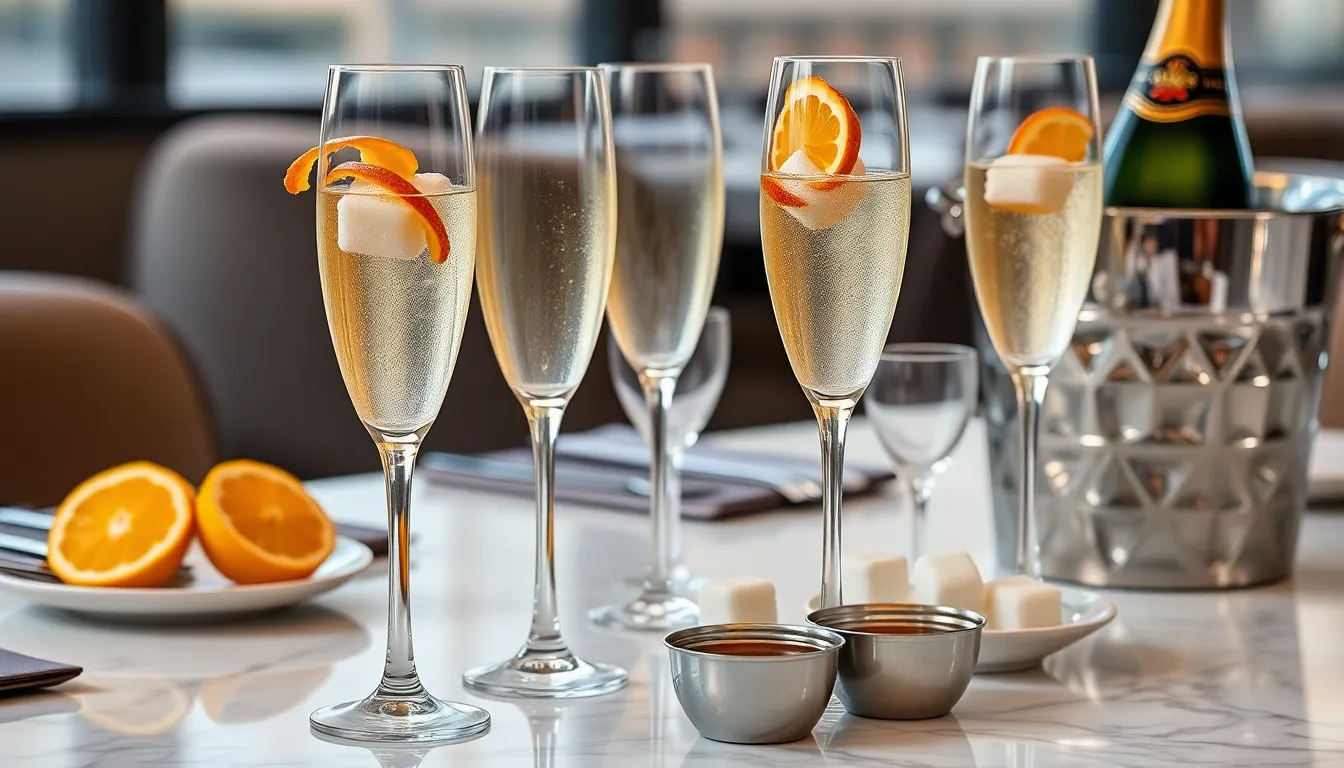
We can streamline our cocktail service by preparing several components in advance. The sugar cube and bitters combination forms the foundation of our make-ahead preparation strategy.
Sugar Cube Preparation
Place sugar cubes in individual champagne flutes up to 4 hours before serving. Add 2-3 dashes of Angostura bitters to each cube and allow the mixture to rest at room temperature. This extended contact time creates deeper flavor integration between the sugar and aromatic compounds.
Garnish Preparation
Fresh citrus twists maintain their oils and fragrance when prepared 2-3 hours ahead. Store orange and lemon peels in an airtight container in the refrigerator after cutting. We recommend expressing the oils just before serving to maximize aromatic impact.
Glassware Chilling
Place champagne flutes in the refrigerator 30 minutes before service or in the freezer for 10 minutes. Properly chilled glasses maintain champagne temperature longer and preserve carbonation throughout the drinking experience.
Brandy or Cognac Portioning
Measure 0.5 oz portions of brandy or cognac into small containers or shot glasses. Cover these portions and store at room temperature for up to 6 hours before assembly.
Assembly Timeline
Begin final assembly 5 minutes before serving to ensure optimal effervescence. Add the pre-measured brandy to the prepared sugar cube mixture first. Pour chilled champagne slowly down the side of each glass to minimize bubble loss. Garnish with the prepared citrus twists immediately before presenting to guests.
Storage Considerations
Never pre-pour champagne as carbonation dissipates rapidly once opened. Keep champagne bottles chilled in an ice bucket throughout the service period. Plan for approximately 4-6 oz of champagne per cocktail when calculating quantities for larger gatherings.
Serving Suggestions
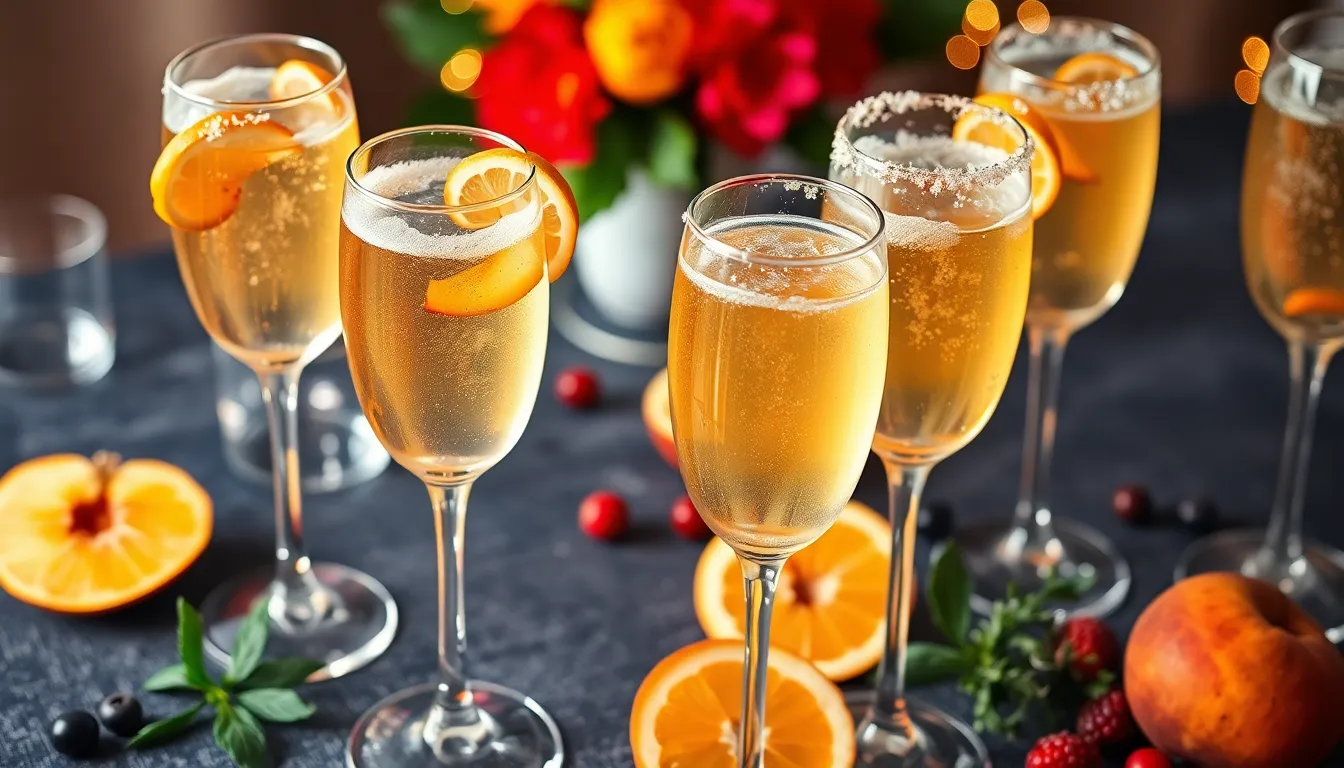
We recommend presenting sparkling champagne cocktails in proper champagne flutes or elegant cocktail glasses to showcase the beautiful bubbles and enhance the drinking experience. These vessels not only preserve carbonation longer but also concentrate the aromatic compounds that make each sip memorable.
Garnish Options for Visual Appeal
Fresh citrus twists elevate both the appearance and flavor profile of our cocktails. We suggest using lemon or orange peels twisted over the drink to release essential oils before dropping them into the glass. Orange twists work particularly well with mimosas while lemon twists complement French 75 cocktails perfectly.
Sparkling sugar rims add a festive touch that catches light beautifully at celebrations. We create these by running a citrus wedge around the glass rim and dipping it into fine sparkling sugar before assembly.
Fresh fruit garnishes bring vibrant colors and natural sweetness to our presentations. Peach slices pair wonderfully with Bellini cocktails while fresh berries work excellently with raspberry or grapefruit variations.
Creative Presentation Ideas
We enhance visual appeal by incorporating fresh herbs as aromatic garnishes. Mint sprigs add a refreshing element while rosemary provides an elegant pine note that complements the champagne’s complexity.
Temperature control remains crucial for optimal serving. We chill all ingredients including glasses before mixing to maintain the drink’s crispness and preserve those delicate bubbles that define a perfect sparkling cocktail.
Budget-Friendly Alternatives
High-quality sparkling wine serves as an excellent substitute for champagne without compromising flavor or presentation. We find that many sparkling wines offer similar effervescence and complexity at a more accessible price point for larger gatherings.
Custom flavor combinations allow us to create unique variations customized to different occasions. Raspberry juice creates beautiful pink hues while grapefruit adds a sophisticated bitter note that balances the cocktail’s sweetness.
Storage and Leftovers
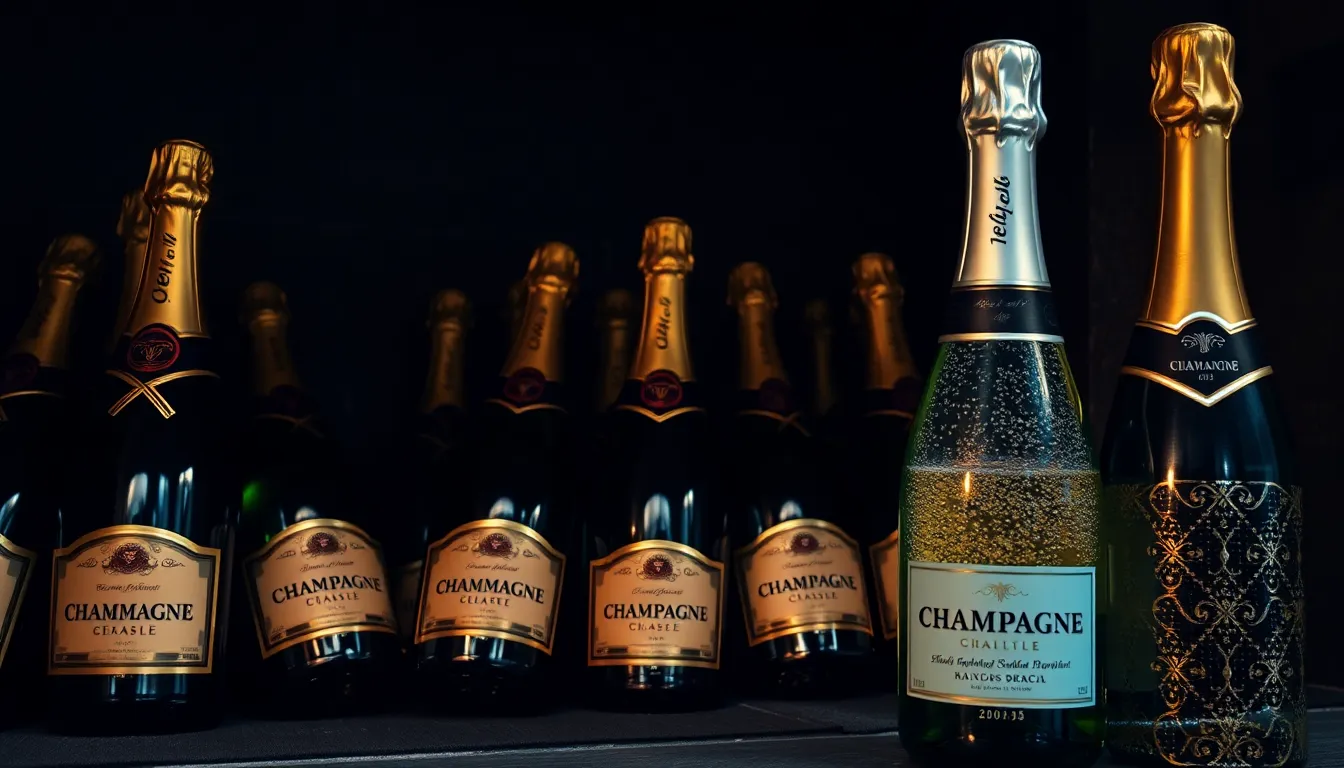
Proper storage ensures we can enjoy our sparkling champagne cocktails at their peak quality while extending the life of our ingredients.
Storing Unopened Champagne
We recommend storing unopened bottles of sparkling wine or champagne in optimal conditions to preserve their quality for cocktail making. Our bottles should rest in a cool environment with consistent temperatures between 53°F and 57°F. Dark storage areas protect the wine from light exposure that can affect flavor development.
Bottles perform best when stored on their side to keep the cork moist and prevent air infiltration. This horizontal position becomes especially important when storing bottles for periods longer than one month. We avoid placing bottles near strong odors or in areas with temperature fluctuations.
Handling Opened Bottles
Once we open a bottle of sparkling wine or champagne for cocktail preparation, carbonation begins escaping immediately. Quality champagne stoppers help preserve the bubbles when we cap opened bottles promptly. Refrigeration maintains the wine’s carbonation and flavor profile effectively.
Opened sparkling wine delivers best results when consumed within two days of opening. We achieve optimal taste and effervescence by using opened bottles the same day whenever possible. Room temperature storage accelerates carbonation loss and should be avoided completely.
Managing Mixed Cocktail Leftovers
Mixed sparkling champagne cocktails containing fruit juices, liqueurs, or syrups require immediate consumption for best quality. These cocktail combinations experience rapid flavor degradation and should not be stored for future use. We prepare and serve mixed cocktails immediately to ensure optimal taste and presentation.
Leftover cocktail mixtures should be discarded rather than saved, as additional ingredients accelerate spoilage beyond the wine’s natural timeline. When we have remaining sparkling wine without added ingredients, proper sealing and refrigeration allow use within two days for fresh cocktail preparation.
| Storage Type | Conditions/Timeframe |
|---|---|
| Unopened bottle | 53–57°F, dark, on side, long-term |
| Opened bottle | Fridge, stopper, up to 2 days |
| Mixed cocktails | Not recommended for storage |
We maintain cocktail quality by following these storage guidelines and preparing fresh drinks for each serving occasion.
Conclusion
We’ve shared everything you need to master the art of crafting sparkling champagne cocktails that’ll impress at any gathering. From selecting the right champagne to perfecting your technique these timeless drinks offer endless possibilities for customization.
The beauty of champagne cocktails lies in their versatility – whether you’re hosting an elegant dinner party or enjoying a quiet evening at home. With proper storage techniques and our make-ahead tips you can effortlessly serve these sophisticated drinks without missing a moment of your celebration.
Remember that quality ingredients and attention to detail make all the difference. Start with our classic recipe then experiment with different variations to discover your signature style. Your guests will appreciate the thought and care you’ve put into creating these memorable sparkling experiences.
Frequently Asked Questions
What is the origin of the sparkling champagne cocktail?
The sparkling champagne cocktail dates back to the 1850s and has remained a symbol of sophistication and celebration. This classic drink combines the elegance of champagne with simple ingredients like sugar, bitters, and citrus, creating a timeless cocktail that has graced celebrations for over 170 years.
What are the essential ingredients for a sparkling champagne cocktail?
The essential ingredients include a sugar cube, Angostura bitters, chilled champagne or sparkling wine, and optional brandy or cognac for added depth. Garnishes such as lemon or orange twists, fresh cherries, and ice cubes for chilling the glass complete the recipe.
What equipment do I need to make this cocktail?
You’ll need a champagne flute or large glass, a sugar cube spoon or muddler, a bitters bottle with controlled pour spout, a measuring jigger for spirits, and a spoon for gentle stirring. Each tool plays a crucial role in achieving the balanced flavor profile.
How do I properly serve a sparkling champagne cocktail?
Serve in chilled champagne flutes at 40°F to 45°F to maintain optimal effervescence and flavor. Use fresh citrus twists as garnish, and consider sparkling sugar rims or fresh fruit for visual appeal. Pour slowly to preserve carbonation and serve immediately after preparation.
Can I make these cocktails ahead of time?
You can prepare sugar cubes with bitters, chill glasses, and portion brandy in advance. However, never pre-mix the entire cocktail as it will lose its effervescence. Final assembly with champagne should occur just before serving for the best taste and presentation.
What are some popular variations of the classic recipe?
Popular variations include the Kir Royale with berry liqueurs, French 75 with lemon juice and gin, mimosas with orange juice, and herb-infused versions using fresh basil, mint, or rosemary. You can also experiment with Grand Marnier, Chambord, or elderflower liqueur for unique flavor profiles.
How should I store champagne for cocktails?
Store unopened champagne in a cool, dark place at 53°F to 57°F, ideally on its side to keep the cork moist. Once opened, use a quality stopper and refrigerate, consuming within two days for best taste. Never store pre-mixed cocktails as they degrade quickly.
What type of champagne works best for cocktails?
High-quality dry champagne such as Brut or Extra Brut works best to avoid overwhelming sweetness. You can also use quality sparkling wine as a budget-friendly alternative. The dryness allows the other ingredients to shine while maintaining the cocktail’s sophisticated balance.
